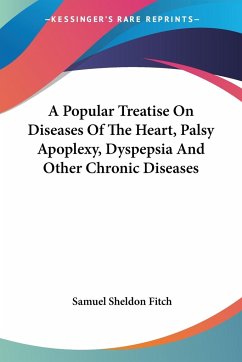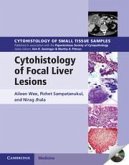Liver fibrosis is a high build-up of extracellular matrix proteins, which primarily includes collagen, in most chronic hepatic disorders. Advanced liver fibrosis leads to cirrhosis, hepatic failure, and also portal hypertension and necessitates often hepatic transplantation.1 The level of hepatic fibrosis is one of the major diagnostic and prognostic evaluations for chronic hepatic illness. Liver disease and liver dysfunction clinical manifestations reflect changes in liver parenchyma architectures caused by the advancement of liver fibrosis. Liver fibrosis usually starts insidiously. After cirrhosis evolves, most of the associated morbidity and mortality occurs subsequently.3 In most individuals, cirrhosis progression takes between 15 and 20 years. Cirrhosis consequences include ascites, renal failure, hepatic coma (encephalopathy) and variceal haemorrhages. Cirrhosis patients may be free for several years of major consequences (compensated cirrhosis). Decompensated cirrhosis involves limited survival and the only viable treatment is liver transplant. The development of hepatocellular carcinoma is also a complication of cirrhosis. Liver disease causes about 2 million worldwide deaths in a year. In liver diseases, cirrhosis and hepatitis including hepatocellular carcinoma cause 1 million worldwide deaths in a year. Cirrhosis is now the eleventh most frequent cause of death in the world, with 3.5 per cent of all deaths combined globally and the 16th major cause of liver cancer. With 1.6 per cent and 2.1 per cent of the world's burden, cirrhosis is one of the twenty most causes of life adjusted for disabilities and years losses respectively. Approximately two billion people worldwide drink alcohol, with up to 75 million diagnosed with alcohol-use disorders and at risk of liver disease related to alcohol. About two billion individuals are obese or overweight, while over four hundred million have diabetes; both of which constitute risk factors for non-alcoholic fatty liver disease. Chronic liver disease occurs worldwide regardless of age, gender, geography or race. Cirrhosis is the ultimate result of many liver illnesses with the production of regenerative nodules, defined by fibrosis and architectural distortion of the liver, and can have various clinical events and problems. The stage of fibrosis is among the most significant prognostic factors in chronic liver disease regarding the development of cirrhosis and liver-related complications. Although liver biopsy is the gold standard for diagnosis of liver fibrosis, it may be associated with complications in 1% to 5% of cases, such as pain, bleeding, hematoma with risk of severe complications in 0.57% and mortality ranging from 0.009% to 0.12%. As a result, in most clinical circumstances, it has been substituted with non-invasive evaluations. The precise diagnosis of advanced fibrosis and cirrhosis can be achieved by imaging techniques, notably transient elastography, acoustic radiation power impulsive imaging, shear wave elastography, magnetic resonance elastography. However, non-invasive imaging techniques are expensive and not readily available everywhere except in tertiary centres.








